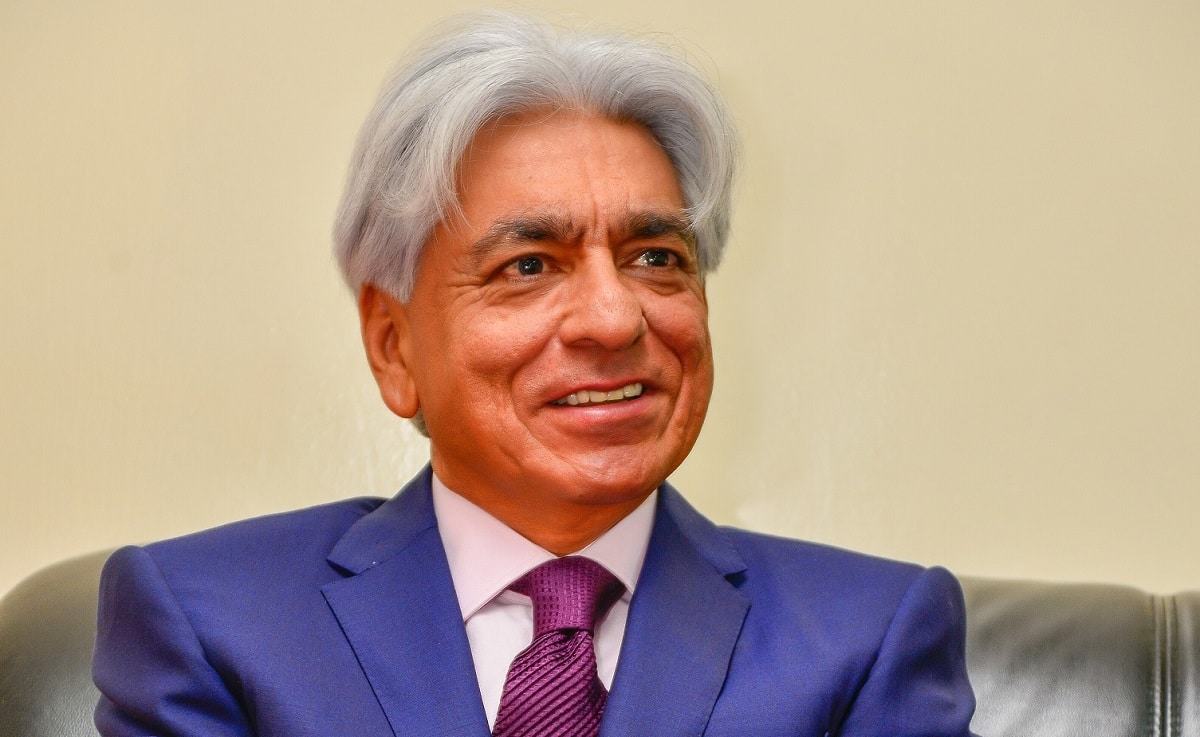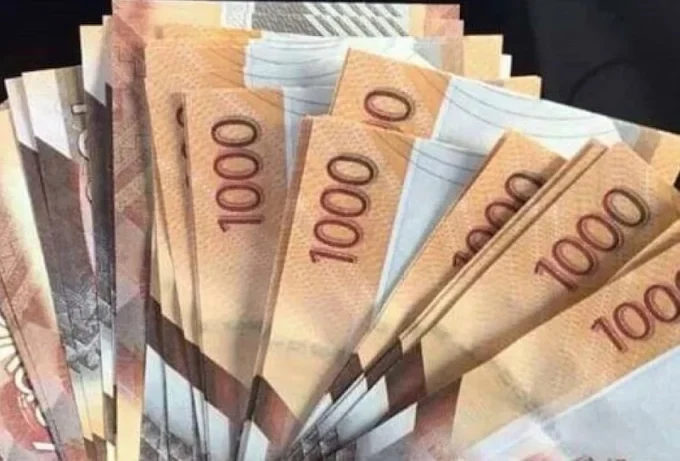If Kenya had qualified for the World Cup, played its way to a fairy-tale final and surprised millions around the globe by winning the tournament, the Harambee Stars would have earned a total of Ksh3.8 billion from their football endeavour.
This sum of money is part of the Ksh40 billion kitty that is set aside by world football governing body FIFA as prize money for the teams competing in the greatest single-sport showpiece on the planet that is set to run from June 14 to 15 July in Russia.
Announced in October last year, the new kitty is a 12% increase from the previous tournament which saw 32 nations split Ksh36 billion among themselves.
Apart from the world champions earning Ksh3.8 billion, the runners-up will receive Ksh2.8 billion, with the third and fourth placed teams set to earn Ksh2.4 billion and Ksh. 2.2 billion respectively.
For this year’s tourney, the 32 nations are guaranteed a minimum of Ksh809 million for simply making it to the tournament. This was the same amount that was given to the 16 teams that represented their nations in Brazil four years ago but that failed to make it past the first round.
Subsequent rounds beyond the group stages will incur a percentage increase from the 2014 World Cup. Therefore, the nations qualifying for the round of 16 will see the Ksh809 million rise to a minimum of Ksh1.2 billion.
Teams getting as far as the last eight will earn a minimum of Ksh1.6 billion.
This year’s winners will thus receive a Ksh303 million increase in prize money compared to the Germany team that lifted the World Cup trophy in Brazil four years ago. Similarly, the sum of money for the second placed team in Russia will have a similar percentage increase.
FIFA’s prize money kitty is generated from World Cup revenues, which the world football governing body has projected at Ksh505 billion for this year’s showpiece event.
These huge financial rewards are a factor in the economic impact that is expected with hosting football World Cup. However, it pales in comparison to the projected spending estimates. For example, Brazil was estimated to have spent a total of Ksh1.5 trillion in hosting the showcase event.
Read: Four win free trip to watch World Cup matches in Russia
See; Betting tips for the 2018 World Cup games
The spending ostensibly covers infrastructural and logistical improvements required to make the World Cup a top notch event. Highways are built, hotels furnished and stadiums refurbished or built a new in the need to satisfy the cauldron of global fans and players alike descending upon the host country.
However, at times, new stadiums do not generate income in the long run as hosts fail to fill these sporting theaters on a regular occasion post the World Cup.













3 Comments